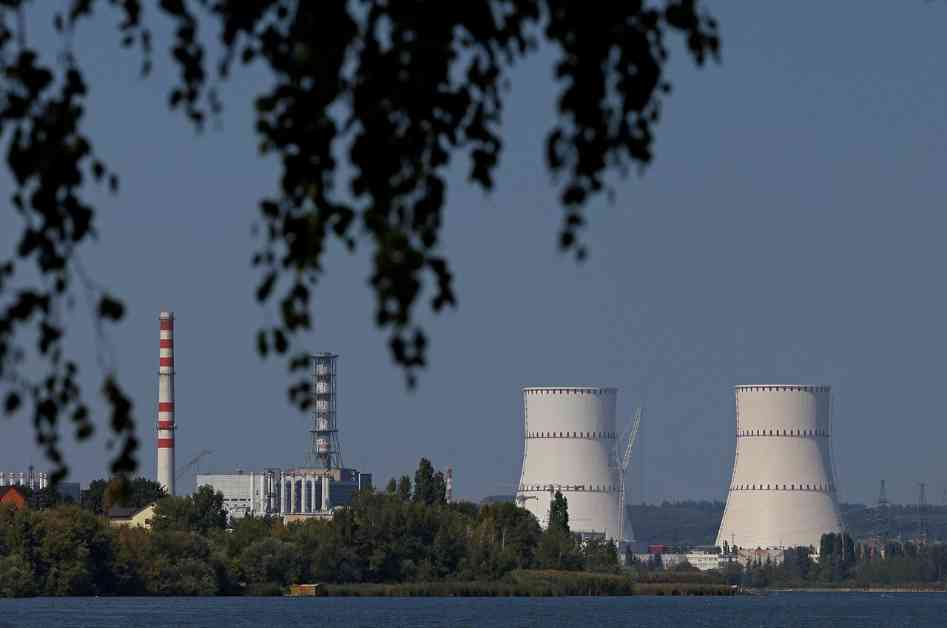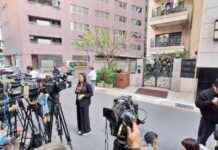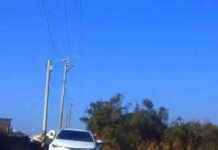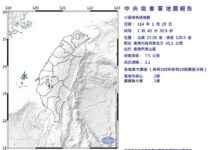The tension near the Kursk Nuclear Plant has escalated as the conflict between Ukraine and Russia intensifies. The International Atomic Energy Agency (IAEA) has confirmed receiving notification from Russian authorities regarding the discovery of drone fragments near the spent nuclear fuel storage facility, located approximately 100 meters from the Kursk Nuclear Plant. This development comes as Ukrainian forces made an unprecedented cross-border advance into the Kursk region, prompting IAEA Director General Rafael Grossi to announce his plans for an independent safety assessment of the nuclear facility.
The situation in the region has become increasingly precarious following Ukraine’s unexpected incursion into the Kursk region, with Russian President Vladimir Putin accusing Ukraine of attempting to attack the Kursk Nuclear Plant. The plant is situated less than 50 kilometers from the frontline of the conflict between the two countries. With the discovery of drone fragments near the facility, concerns about the safety and security of the nuclear plant have been heightened.
In response to the escalating tensions, IAEA Director General Rafael Grossi has taken the lead in conducting an independent assessment of the situation at the Kursk Nuclear Plant. Given the gravity of the situation, Grossi has emphasized the need for a thorough evaluation of the ongoing circumstances to ensure the safety of the nuclear facility and surrounding areas. The Kursk Nuclear Plant is located along the Seym River, approximately 60 kilometers from the Russian-Ukrainian border and less than 50 kilometers from the city of Kursk, with a population of around 440,000.
The Kursk Nuclear Plant consists of four reactor units, with two currently operational and two under construction. All four reactor units are of the same type as those at the Chernobyl Nuclear Power Plant in Ukraine and lack a containment structure for added protection. The proximity of the Kursk Nuclear Plant to the conflict zone and the potential risks posed by the ongoing hostilities have raised concerns about the safety and stability of the facility.
As tensions continue to rise in the region, the international community remains vigilant in monitoring the situation and ensuring the safety of nuclear facilities such as the Kursk Nuclear Plant. The IAEA’s assessment of the plant’s safety and security measures will be crucial in addressing any potential risks and safeguarding the surrounding areas from the impact of the conflict. With the threat of further escalation looming, it is imperative for all parties involved to prioritize the protection of critical infrastructure and prevent any potential threats to public safety.
IAEA Chief’s Evaluation
IAEA Director General Rafael Grossi’s upcoming visit to the Kursk Nuclear Plant underscores the importance of assessing the safety and security of nuclear facilities in conflict-affected areas. Grossi’s firsthand evaluation of the situation will provide valuable insights into the potential risks posed by the proximity of the plant to the conflict zone and the measures needed to mitigate those risks. The IAEA’s expertise in nuclear safety and security will be instrumental in ensuring that appropriate safeguards are in place to protect the plant and prevent any potential incidents.
Implications for Nuclear Safety
The discovery of drone fragments near the Kursk Nuclear Plant highlights the challenges faced by nuclear facilities in conflict zones. The potential for drones or other unmanned aerial vehicles to pose a threat to nuclear infrastructure underscores the need for enhanced security measures and vigilance in monitoring for any potential intrusions. The IAEA’s assessment of the situation at the Kursk Nuclear Plant will provide valuable insights into the vulnerabilities of nuclear facilities in conflict-affected areas and the steps needed to enhance their resilience against potential threats.
International Cooperation and Support
As tensions escalate near the Kursk Nuclear Plant, international cooperation and support are essential in addressing the challenges posed by the conflict and ensuring the safety of nuclear facilities in the region. The IAEA’s role in conducting independent assessments and providing guidance on nuclear safety measures is crucial in mitigating the risks associated with the conflict. Continued collaboration among countries and organizations involved in nuclear safety will be key to safeguarding critical infrastructure and protecting the public from the potential consequences of any incidents at nuclear facilities.
In conclusion, the escalating tensions near the Kursk Nuclear Plant underscore the importance of ensuring the safety and security of nuclear facilities in conflict zones. The IAEA’s assessment of the situation at the plant will provide valuable insights into the risks posed by the ongoing hostilities and the measures needed to protect the facility and surrounding areas. By prioritizing nuclear safety and security, the international community can work together to mitigate the risks and prevent any incidents that could have far-reaching consequences.












